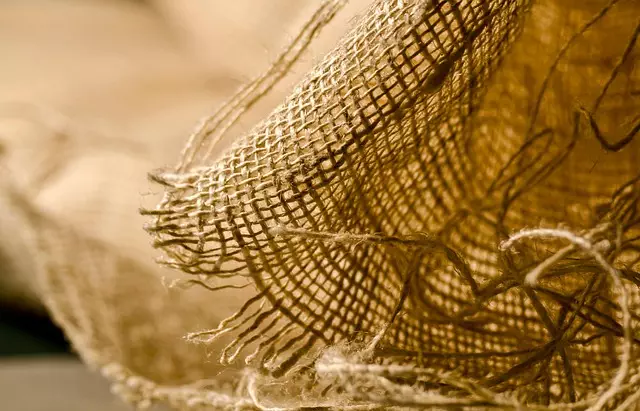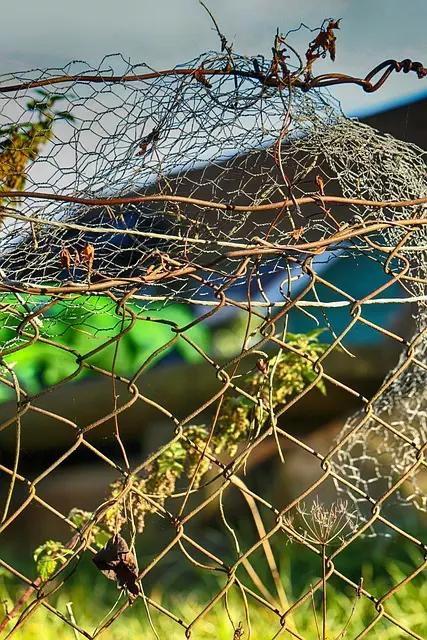Kratom tree seeds (Mitragyna speciosa) offer athletes a natural, cost-effective solution for performance enhancement and post-workout recovery. This herb's bioactive compounds interact with opioid receptors, providing pain relief, increased energy, and mental clarity. By growing their own kratom trees, athletes can manage muscle soreness, enhance endurance, and avoid synthetic prescription drugs, all while enjoying a potentially stronger, more sustainable alternative.
“Enhance your athletic performance with an unexpected ally—Kratom. This natural herb has gained attention for its potential benefits in sport, offering more than just a boost in energy. From reducing muscle soreness to improving focus, Kratom can provide an edge to athletes looking to optimize their training and recovery.
In this comprehensive guide, we’ll explore the science behind its effects, practical tips on growing your own kratom tree seeds, and dispel myths to empower your athletic journey.”
- Understanding Kratom and its Potential Benefits for Athletes
- The Science Behind Kratom and Athletic Performance
- Practical Considerations: Growing Your Own Kratom Tree Seeds
Understanding Kratom and its Potential Benefits for Athletes

Kratom, derived from the leaves of the Mitragyna speciosa plant, often referred to as the kratom tree, has been gaining attention in athletic circles for its potential performance-enhancing properties. This natural herb is known for its diverse range of bioactive compounds, including mitragynine and 7-hydroxymitragynine, which interact with opioid receptors in the body. These compounds can provide a range of effects, from pain relief to increased energy and focus.
For athletes, kratom offers a unique potential to support training and recovery. It can aid in managing muscle soreness, enhancing endurance during intense workouts, and potentially improving mental clarity, all of which are crucial aspects of athletic performance. The herb’s ability to stimulate dopamine release may also contribute to improved motivation and drive. Moreover, as a natural alternative to prescription painkillers, kratom seeds have become a popular choice for athletes looking to manage post-workout discomfort without relying on synthetic substances.
The Science Behind Kratom and Athletic Performance

Kratom, derived from the leaves of the Kratom tree seeds (Mitragyna speciosa), has gained attention in athletic circles for its potential performance-enhancing properties. Scientifically, kratom operates on multiple systems within the body to influence energy levels, pain perception, and focus. Its primary mode of action involves interacting with opioid receptors, modulating dopamine release, and affecting adrenergic pathways. These effects can translate into improved physical endurance, reduced muscle soreness post-exercise, and heightened mental clarity during training sessions.
Research suggests that kratom’s unique pharmacology can provide a natural alternative for athletes looking to enhance their performance without resorting to stimulants or other synthetic compounds. The plant contains various alkaloids, including mitragynine and 7-hydroxymitragynine, which have been linked to increased alertness and reduced fatigue. Moreover, kratom’s anti-inflammatory properties may aid in quicker recovery times between intense training sessions, allowing athletes to maintain consistent performance levels over extended periods.
Practical Considerations: Growing Your Own Kratom Tree Seeds

Growing your own kratom tree seeds can be an appealing option for athletes seeking a natural performance enhancer. It offers several advantages, including cost savings and the potential for a more consistent supply. Athletes can cultivate high-quality kratom plants from seeds, ensuring they have access to this herbal supplement without relying on external sources. This approach is especially beneficial for those who want to monitor the growing process and know exactly what goes into their kratom.
Practical considerations include selecting the right kratom strain suitable for athletic performance, providing optimal growing conditions, and learning proper seed germination techniques. A well-lit, warm environment with adequate humidity is essential for successful germination. Once the seeds sprout, caring for the young plants requires attention to watering, feeding, and light exposure. Growing your own kratom tree seeds can be a rewarding endeavor, offering athletes a sustainable and potentially more potent source of this natural performance booster.
Kratom, with its diverse benefits, offers athletes a natural way to enhance performance. The scientific evidence supporting its efficacy is growing, particularly in areas of pain management and mental focus. Moreover, cultivating your own kratom tree seeds provides a sustainable source, allowing athletes to control quality and dosage. By embracing this ancient herb, athletes can explore a new frontier in performance support, complementing their training regimens with safe and effective natural solutions. Remember that, as with any supplement, proper research and moderation are key.






